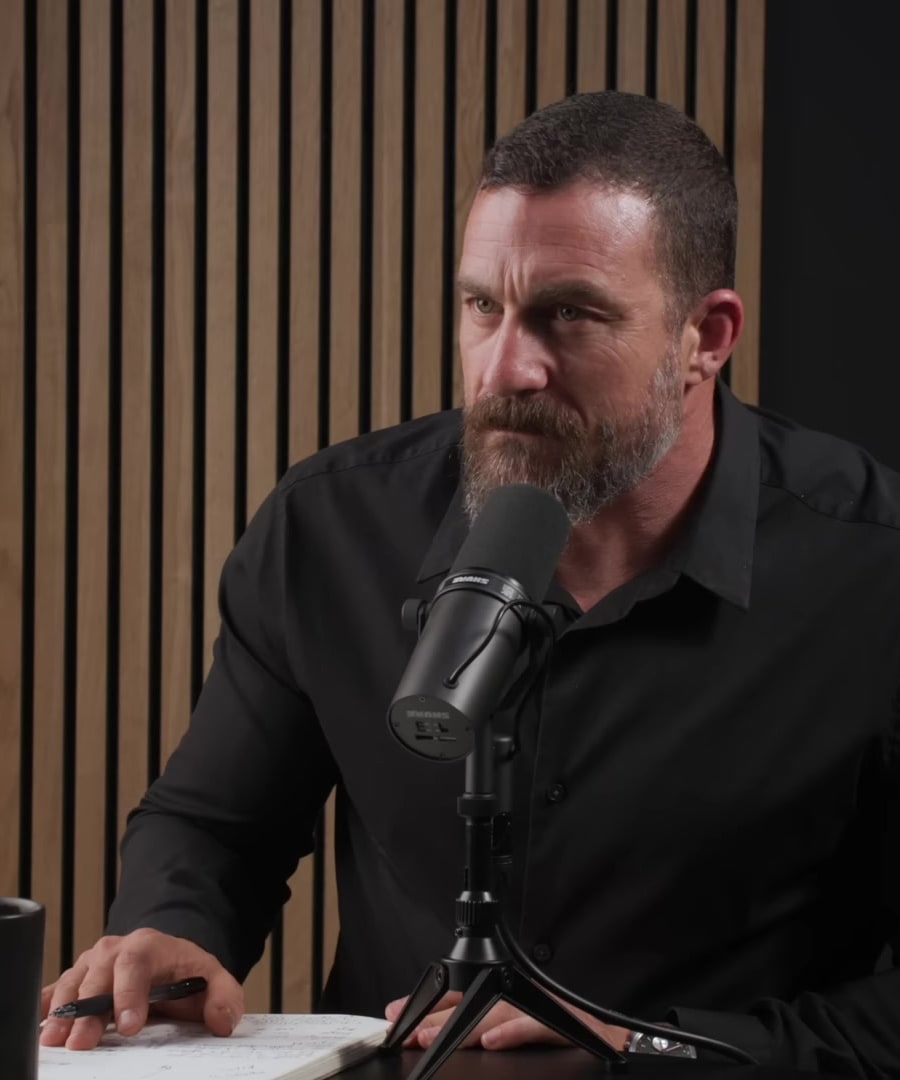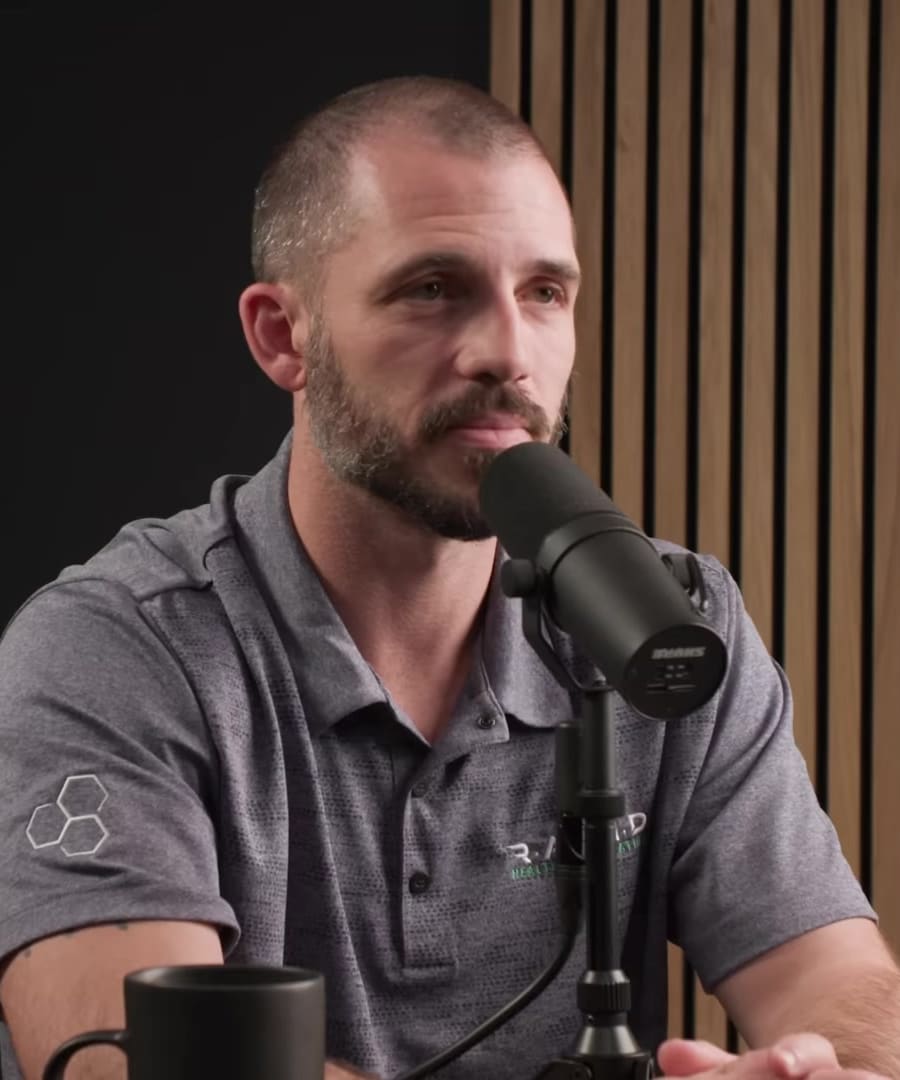как восстанавливаться после тренировок
Извините, похоже, у меня нет никаких данных от , которые могли бы ответить на ваш вопрос о восстановлении после тренировок. Если у вас есть другие вопросы или интересующие вас темы, связанные с , не стесняйтесь спрашивать, и я постараюсь помочь.
RELATED QUESTIONSWhat are some effective recovery techniques after workouts?
Sources:
Effective recovery techniques after workouts, as discussed on the , include various strategies to engage the parasympathetic nervous system and facilitate physical recovery:
-
Respiration Tools: Engage calming or parasympathetic responses with tools like physiological sighs—double inhales through the nose followed by long exhales. This technique can be used immediately after training to initiate the recovery process 1.
-
Compression and Massage: Use compression boots or garments, massage, and bodywork to move fluid in and out of tissues and enhance blood flow, aiding in nutrient delivery and waste product removal 2.
-
Thermal Methods: While cold water immersion can reduce muscle soreness, it's important to consider the timing in relation to strength or hypertrophy goals since it can blunt some of the muscle-building adaptations 2.
-
Down Regulation Breathing: After a workout, three to five minutes of breathing exercises, emphasizing exhales and slowing down breathing overall, can help shift the body into recovery mode 3.
-
Recovery Period: Post-exercise, include a sharp decline from the stress (inflammatory response) of the workout into a rapid recovery phase, which is crucial for maximizing results 4.
-
Avoid Cold for Recovery after Resistance Training: Using cold therapy immediately post-resistance training can inhibit muscle repair and growth due to interference with pathways like mTOR 5.
-
Enjoy Training: Learning to enjoy rigorous training and establishing boundaries between workout time and recovery time also contributes to better recovery 6.
-
Physiological Sighs between Sets: Incorporate a physiological sigh at the beginning of rest intervals during resistance training sets to calm down and improve focus for the next set 7.
For more detailed discussion and additional insights, refer to the specific episodes and clips that contain this information. Always remember to consult with a healthcare provider to individualize recovery protocols based on your own needs and health status.
RELATED QUESTIONS-
как восстанавливаться после тренировок
- RELATED QUESTIONS
What are some effective recovery techniques after workouts?
- RELATED QUESTIONS






